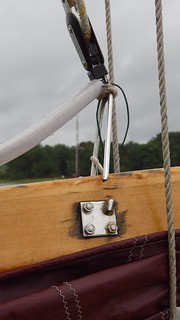Blueboatman
Well-known member
You ain't going to make it.. without my advice!! I am sorry (and perplexed)that you are all too proud to ask for advice. ......This must read like sour grapes or sommat..but actually having ....,based on being out there,..I have worked up a heavy weatther junk rig that will realisticaly deliver you and yours to the States...

